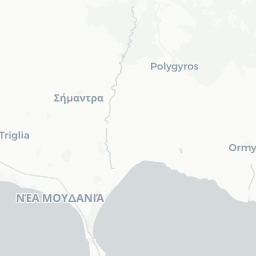






Molyvopyrgo Excavation 1928
Excavation: Research excavation
The mound at Molyvopyrgo was excavated by W.A. Heurtley, Assistant Director of the British School at Athens. It revealed two periods of occupation, of which the lower stratum contained exclusively Early Aegean Bronze Age pottery of the Helladic variety, including the characteristic bowls with incurved rims and several examples of a primitive' sauce-boat '. The upper stratum yielded pottery which was mostly coarser, monochrome ware, shewing close affinities with that of central Macedonia, but associated with it were numerous fragments of Minyan ring-stemmed goblets, of the true Minyan variety, though of rather coarser fabric than that known from Central and Southern Greece. Interesting remains of habitations came to light at this level, in the form of a thick wall of loosely-heaped stones running along the E.-W. axis of the mound, with cross-walls at intervals dividing the area into six or more sectors; in four of these, remains of cobble-floors were preserved, and in one of these rooms it was possible to distinguish three stages of occupation denoted by renewal of the paving.
Active from 12/03/1928 to /04/1928.
Heurtley, Mr Walter Abel

